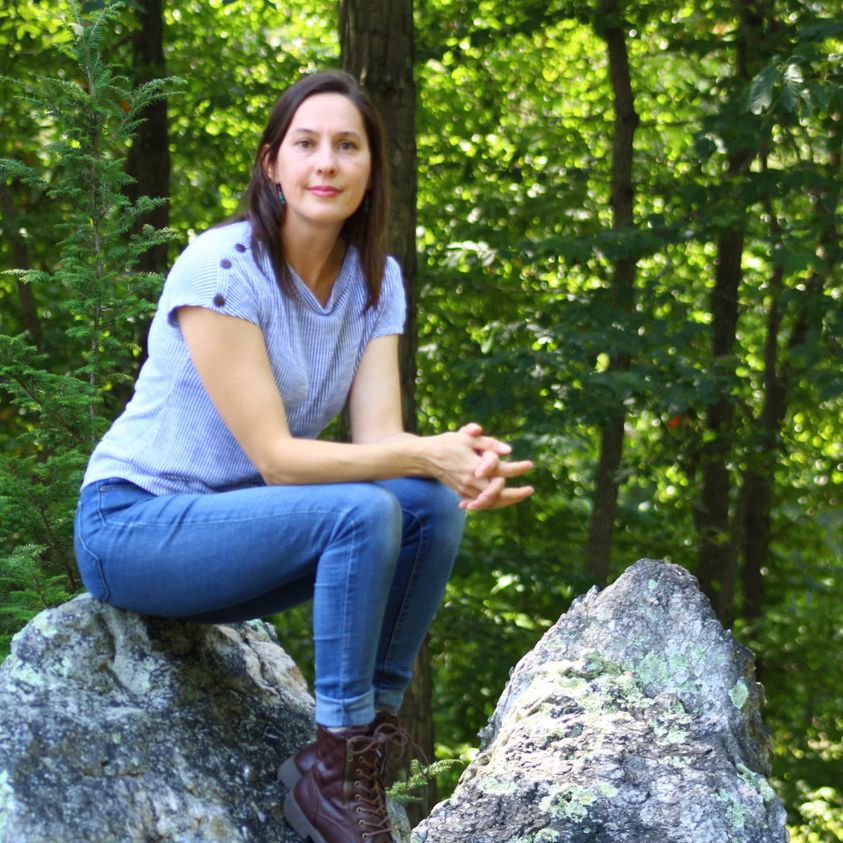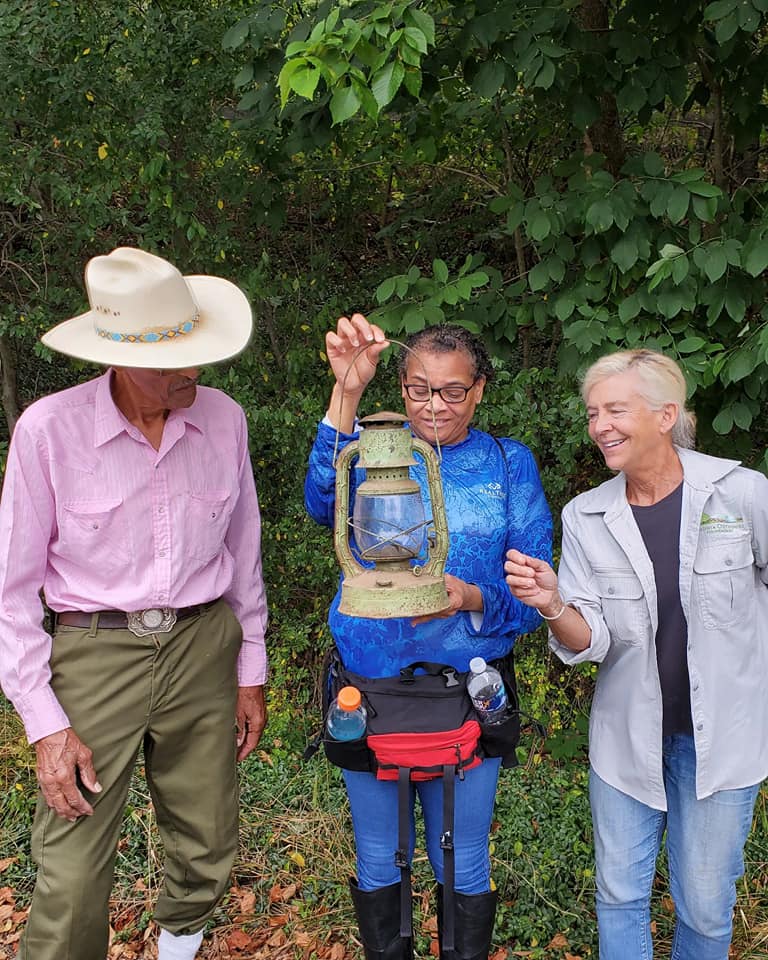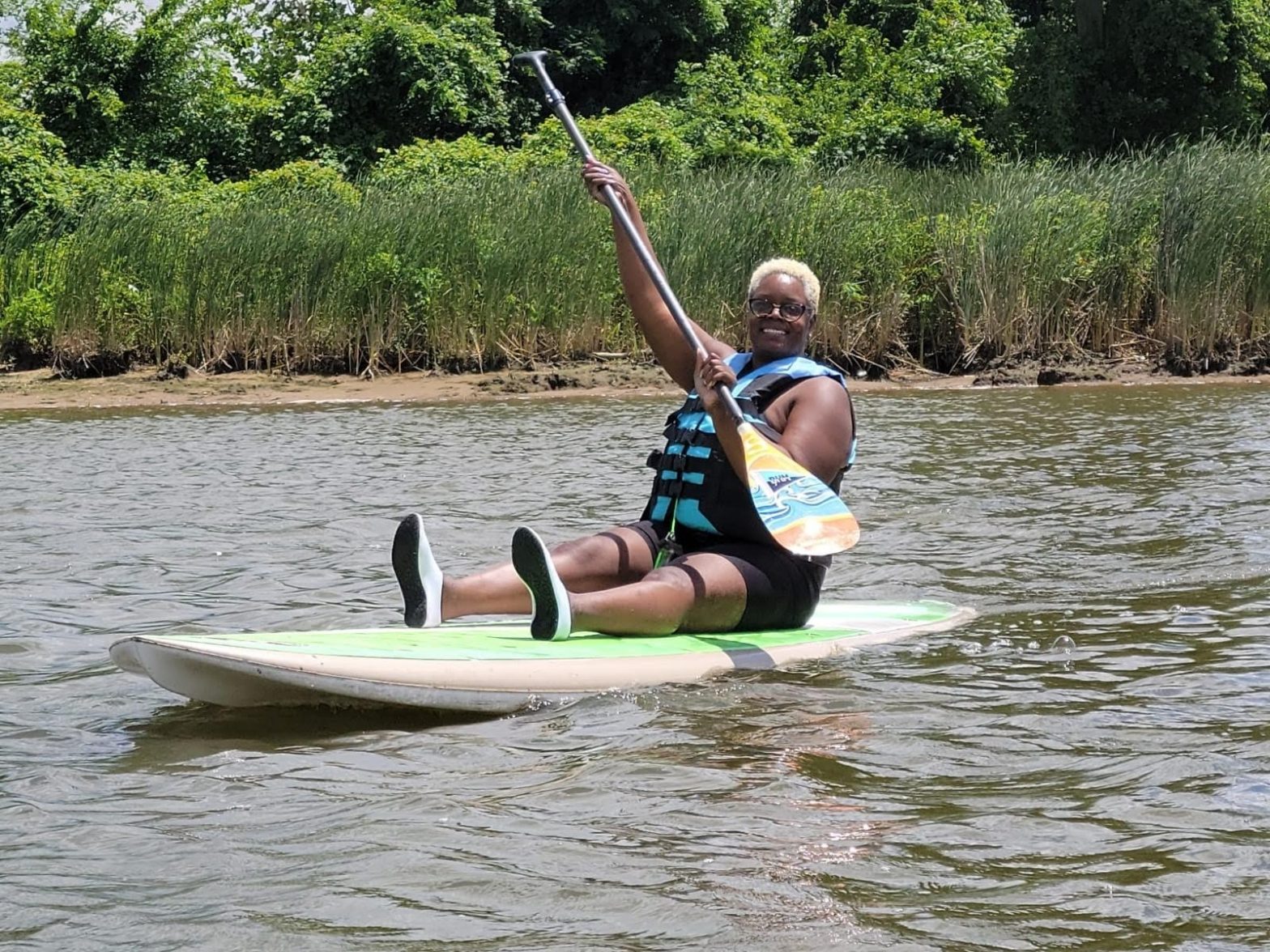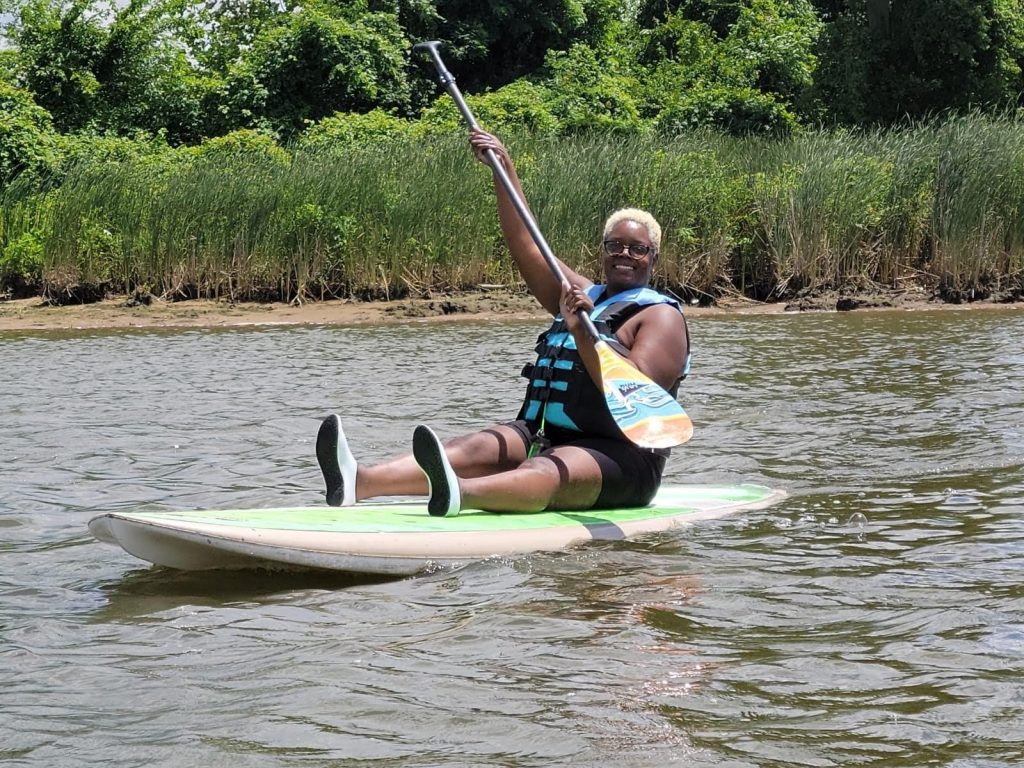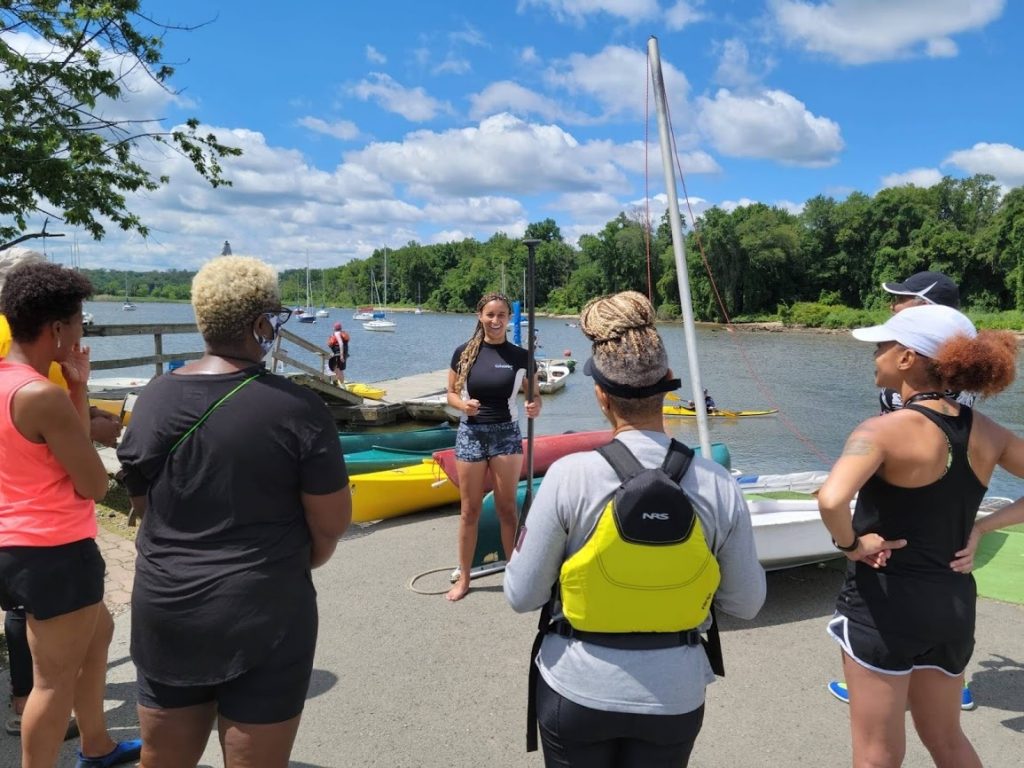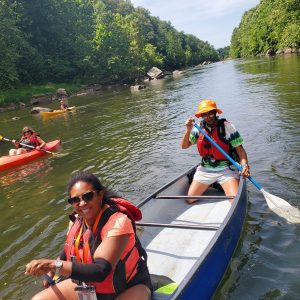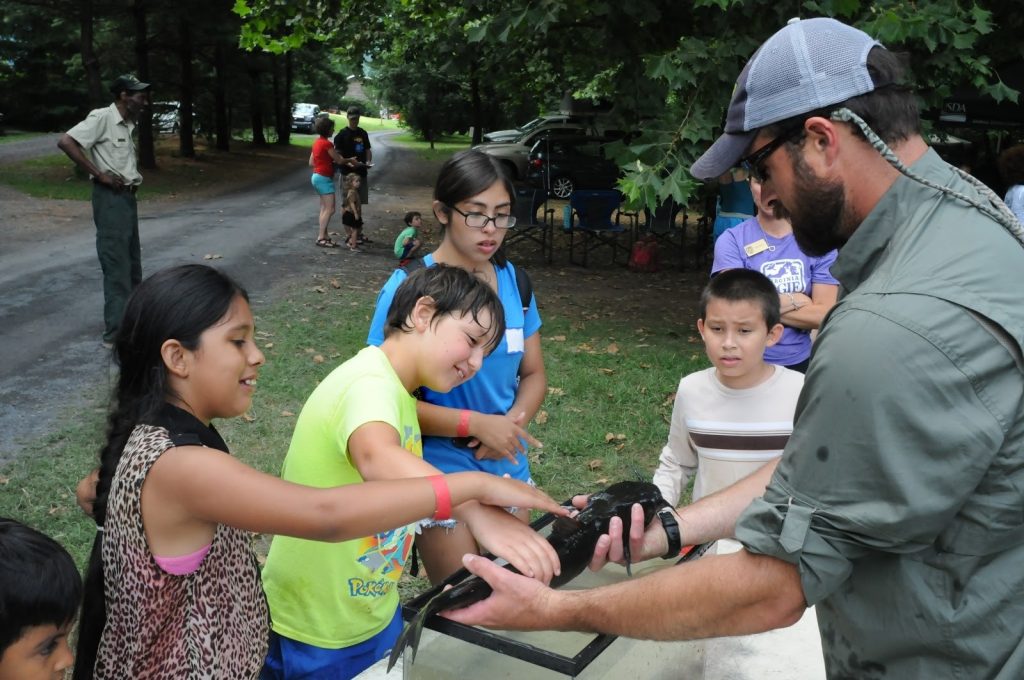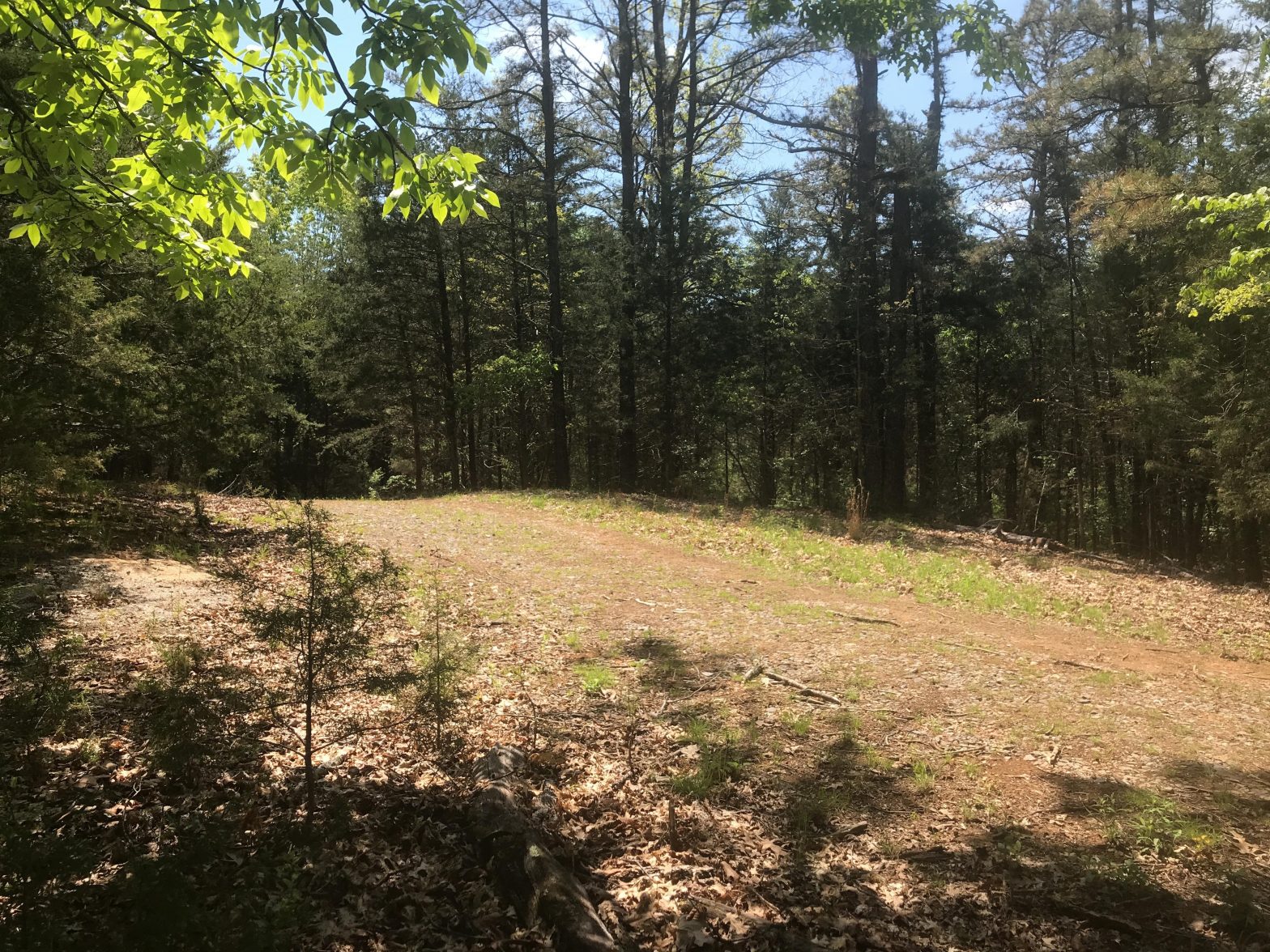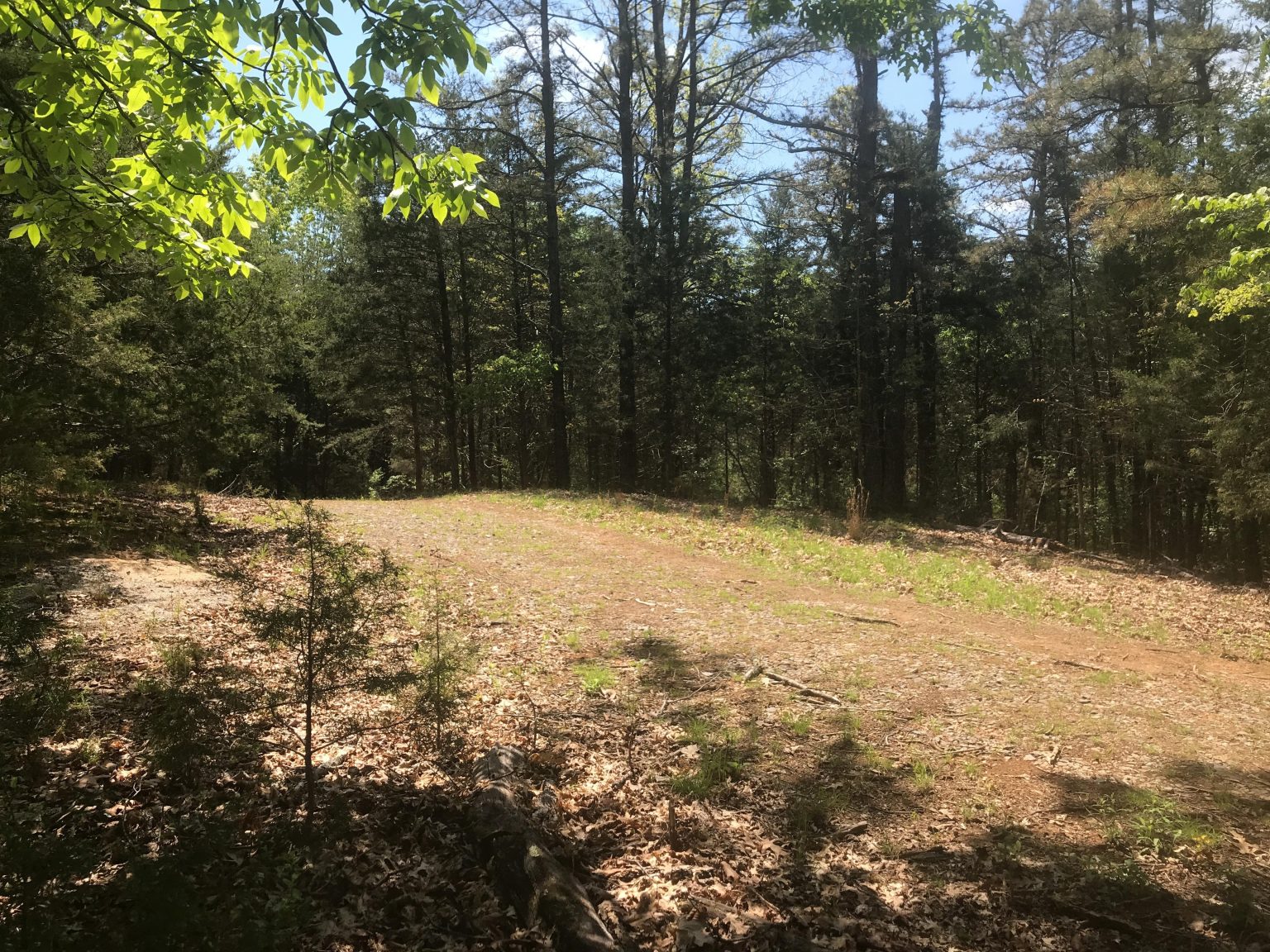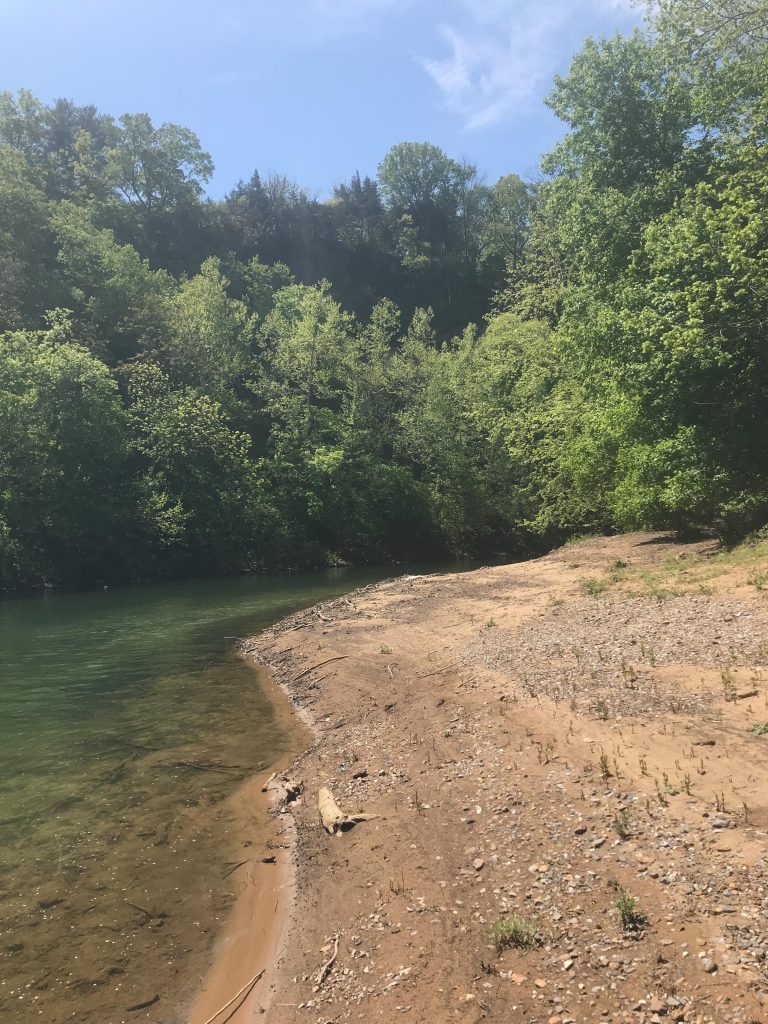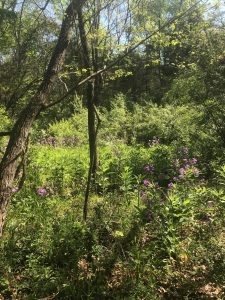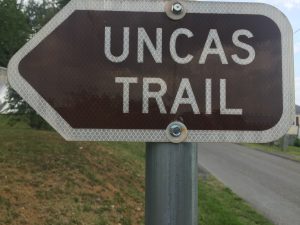When I got the call that I was the top choice to take over as Preserve Specialist at Bull Run Mountains, I’m not embarrassed to tell you there was a lot of happy dancing involved. This job is the lifelong dream for creek-wading, animal-loving overgrown kid like myself. And though I’ve had many amazing opportunities over the course of my career so far, (I mean how many people can say they’ve been paid to swim with dogs or raise baby birds?) I jumped at this chance. Why? Because I’d finally found a place where my odd amalgamation of passions could really make a difference. Even better, it was here in my beloved home state of Virginia, AKA my favorite place in the world. It taught me places have power, and one of the best ways to share this is through the magic of storytelling. I can’t wait to start telling the stories of Bull Run Mountain Natural Area Preserve.
These two-thousand odd acres have endless tales to tell, and if I am to help bring these to light, I knew I had better start by listening. That’s why when I started, one of my first orders of business was to familiarize myself with the landscape of Bull Run through solo hikes.
To me, hiking can be quite meditative. So, like meditation, I often set an intention before I set out. For this experience, I wanted to introduce myself properly to this land, and ask what it wanted me to know and consider as I stepped into my stewardship role. That message came through loud and clear through a series of images and features I saw, pictured below.
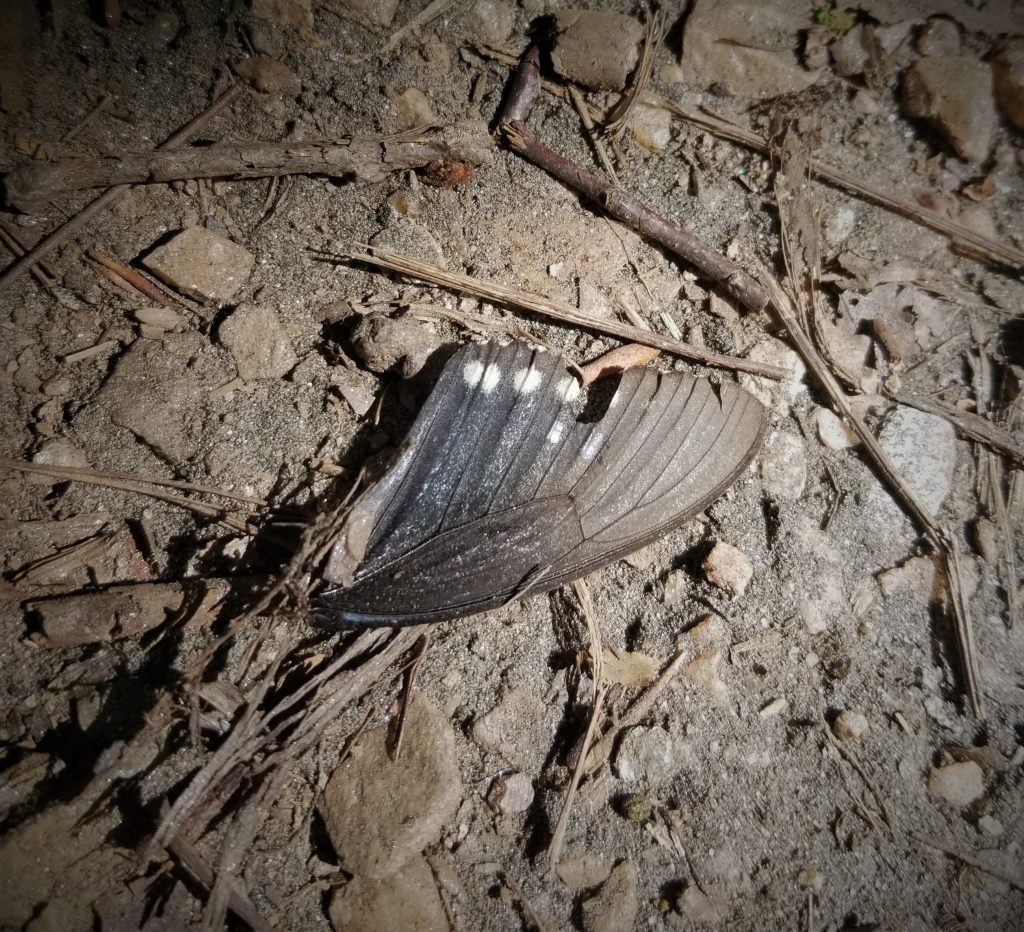
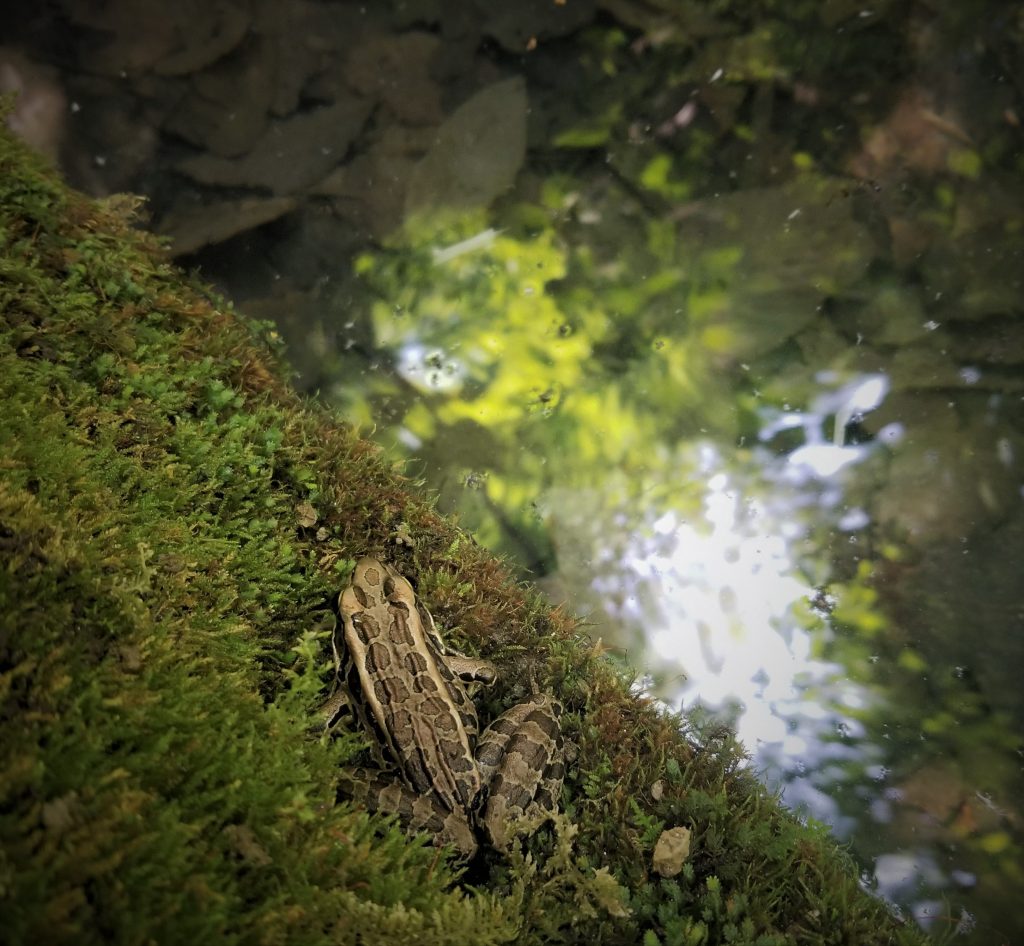
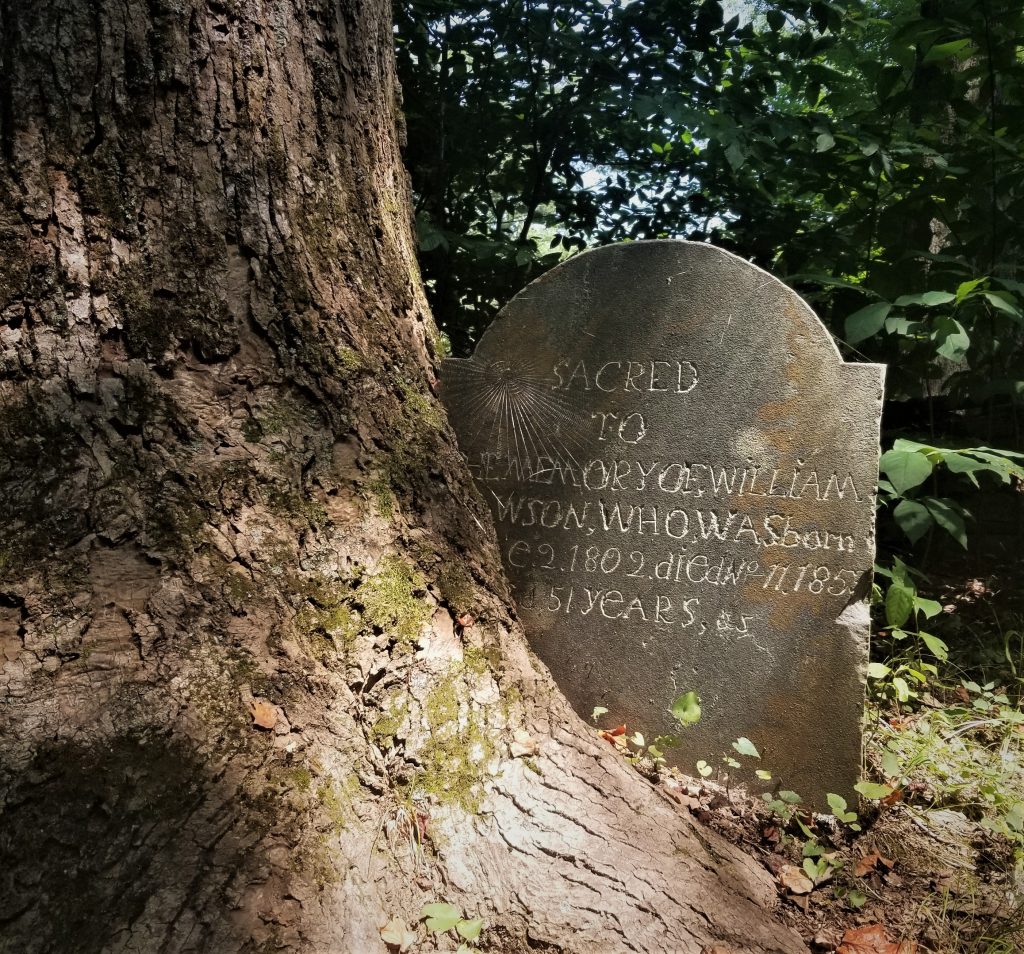
This preserve invited me to question one of the most basic concepts we are taught as children–opposites. Life is the opposite of death, light of darkness, and in western cultures especially, human civilization is the opposite of wilderness. My time on this hike demonstrated how arbitrary such divisions are. Life and death are intertwined, one never existing without the other. Death is not an end, nor is life a beginning. They are simply two sides of a never-ending cycle. The descendants of people and creatures long-dead still walk this mountain. The sun shines through dappled by the far-reaching trees, painting the land in ever-shifting chiaroscuro. Darkness and light color the contrasting landscape together, never completely one or the other. And just as William Dawson’s grave and the cistern-turned-frog pond showed me, what is human and what is nature are one and the same.
This preserve holds a critical reminder for our generation and those to come:
We must protect what is natural, because in doing so, we are also saving ourselves.
Talk soon,
Taryn
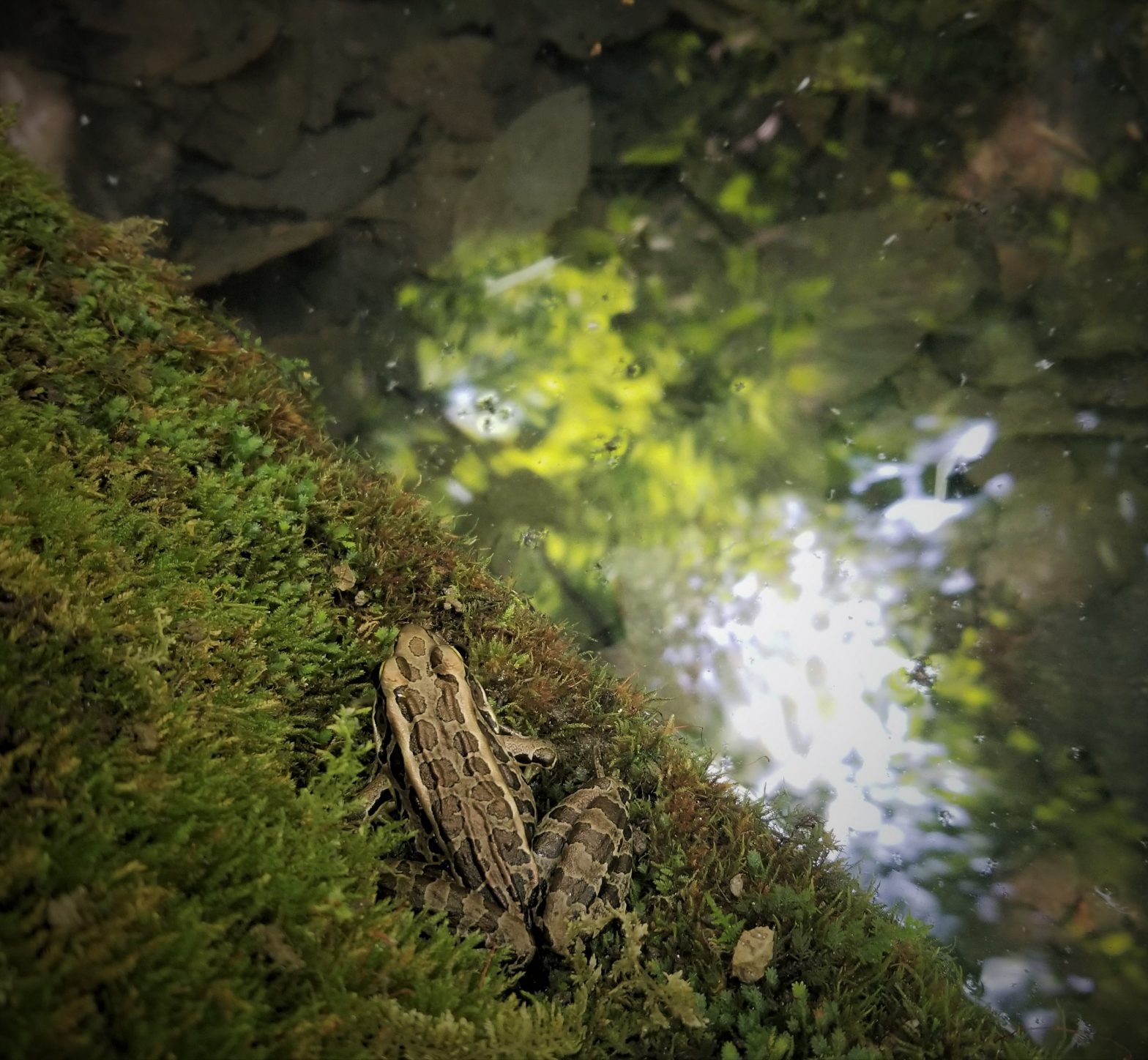
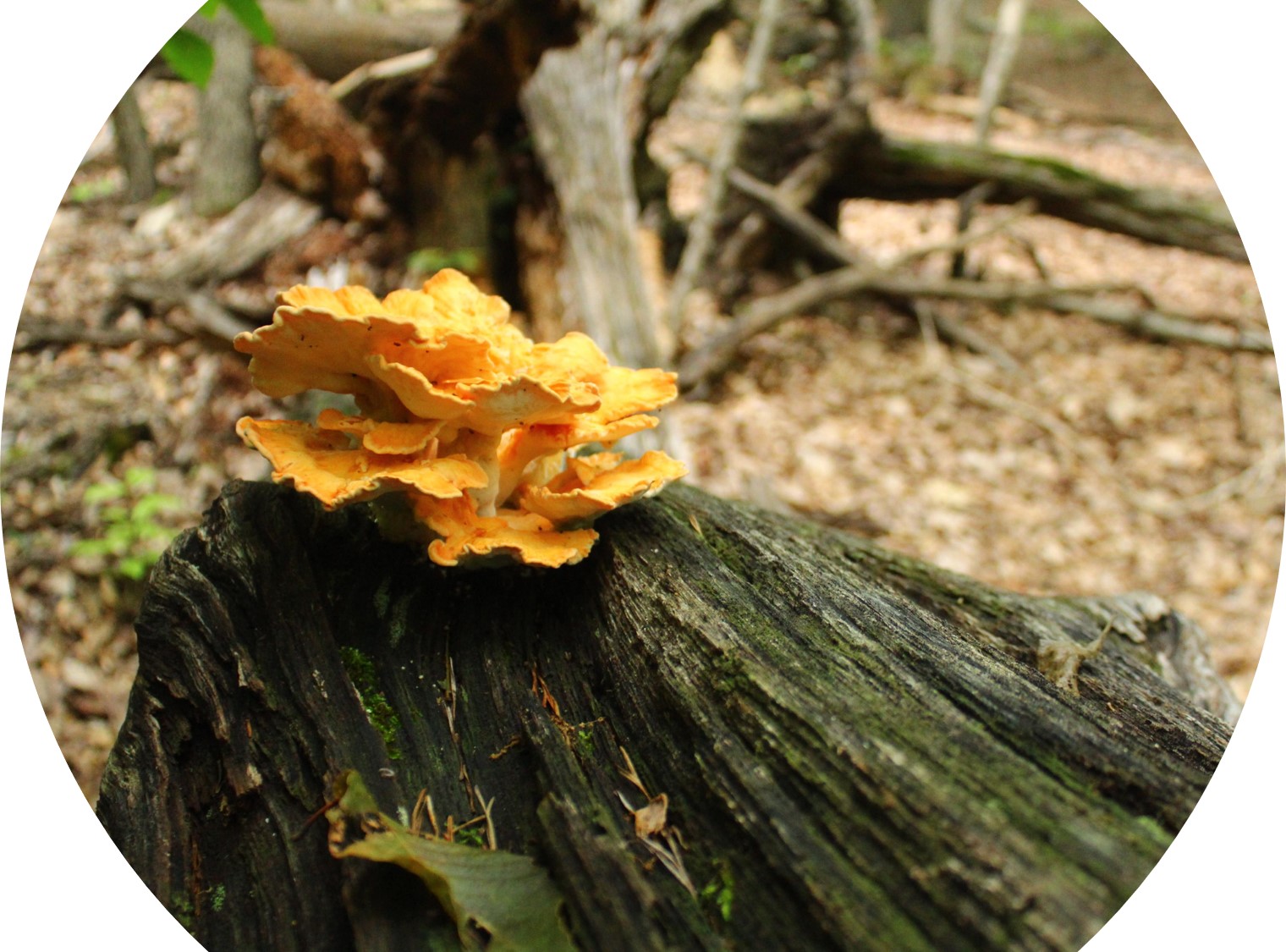
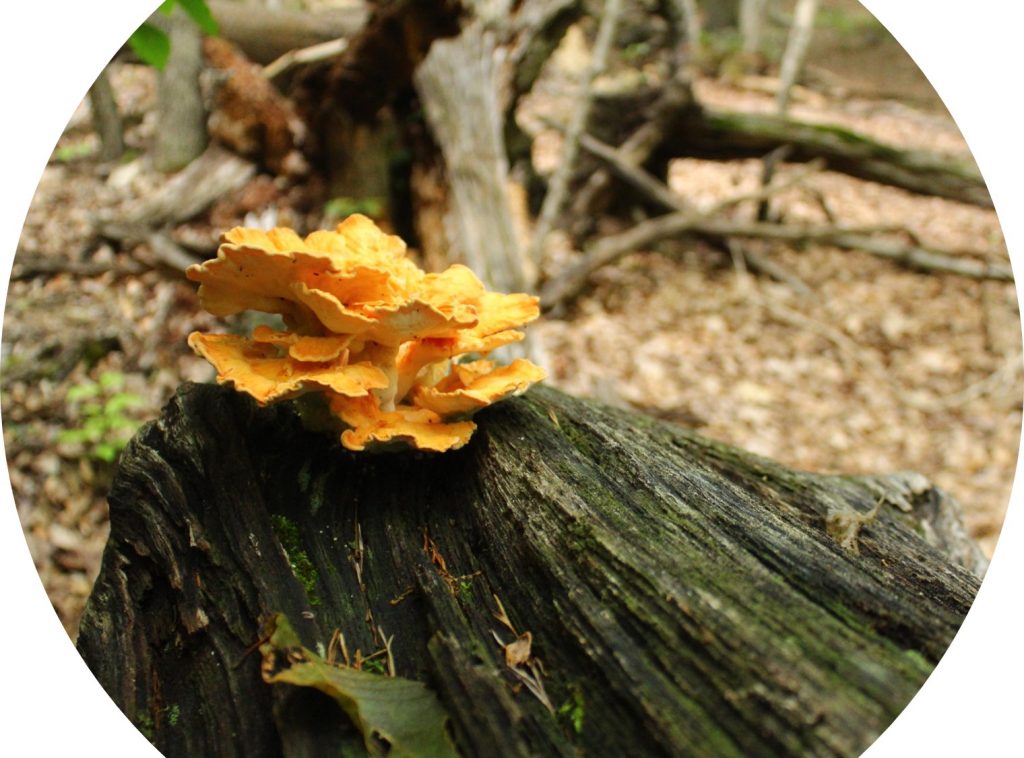
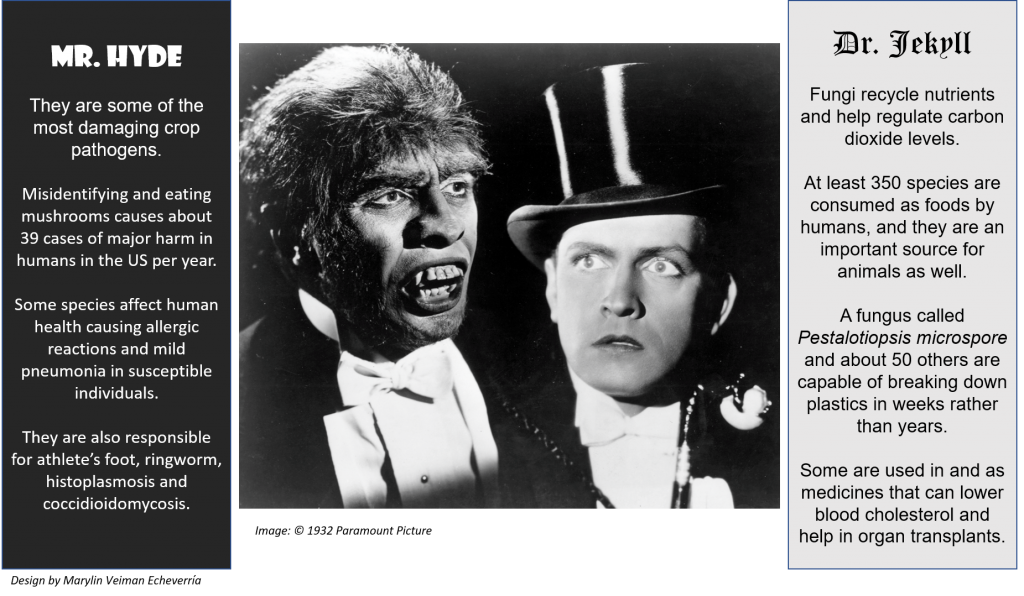
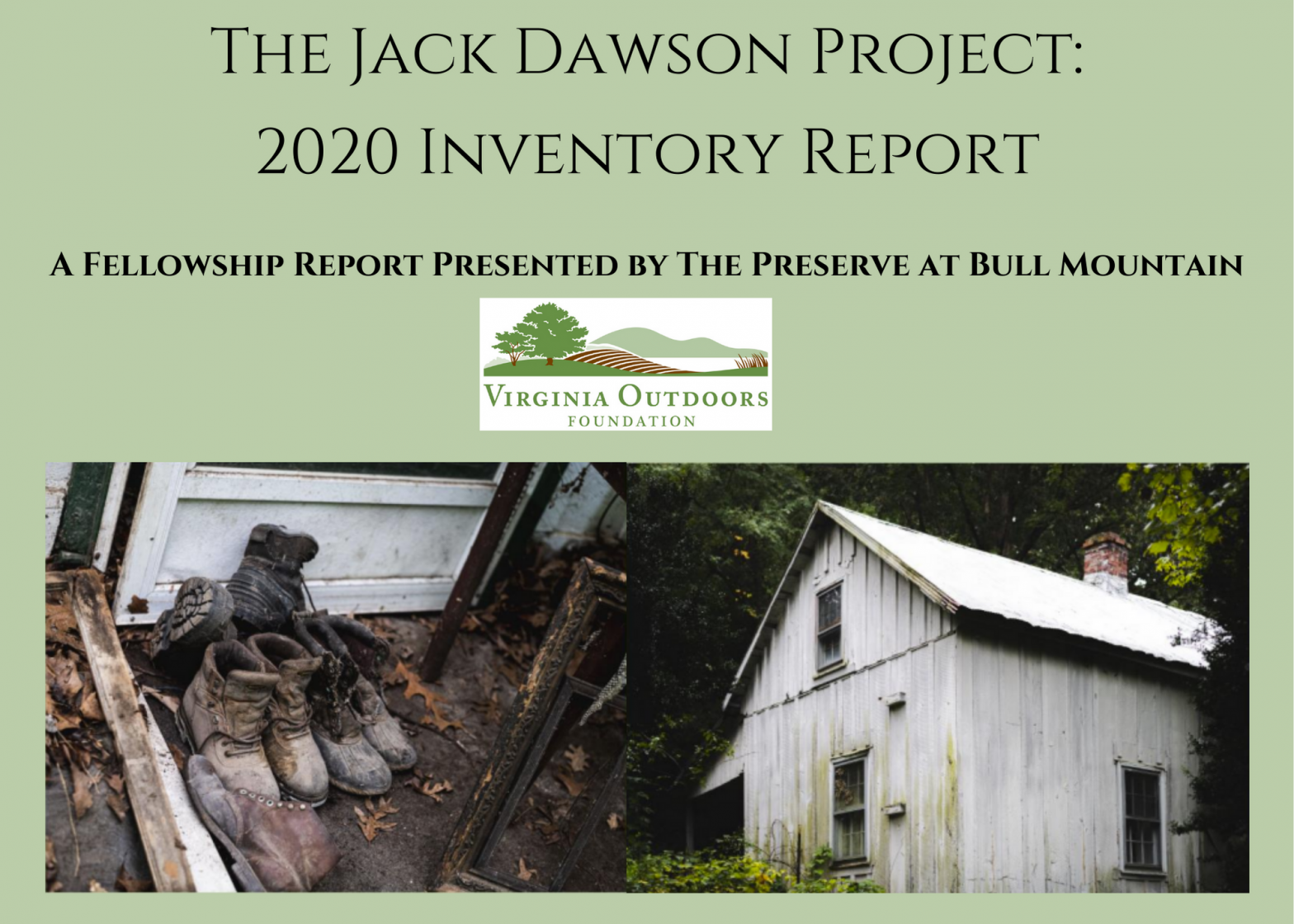
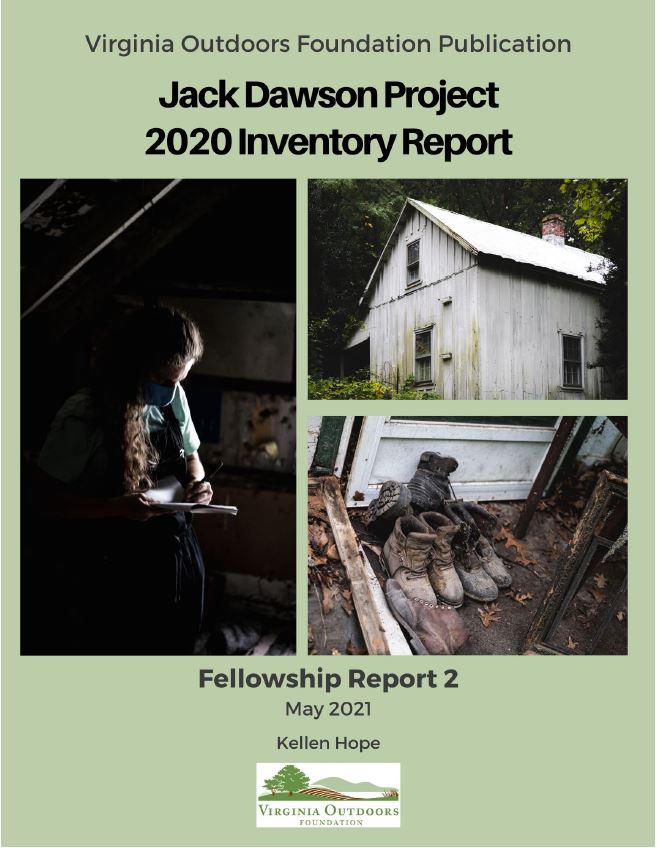
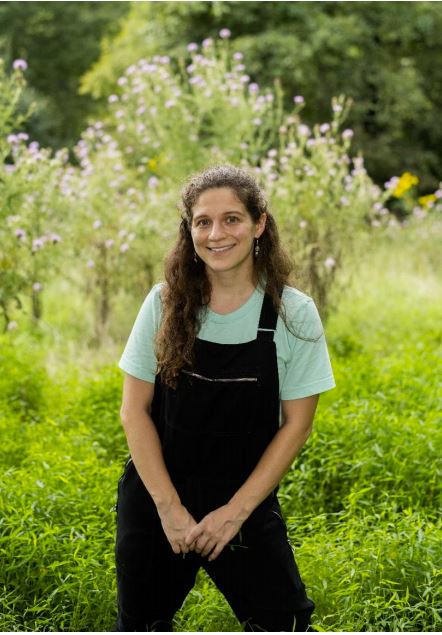
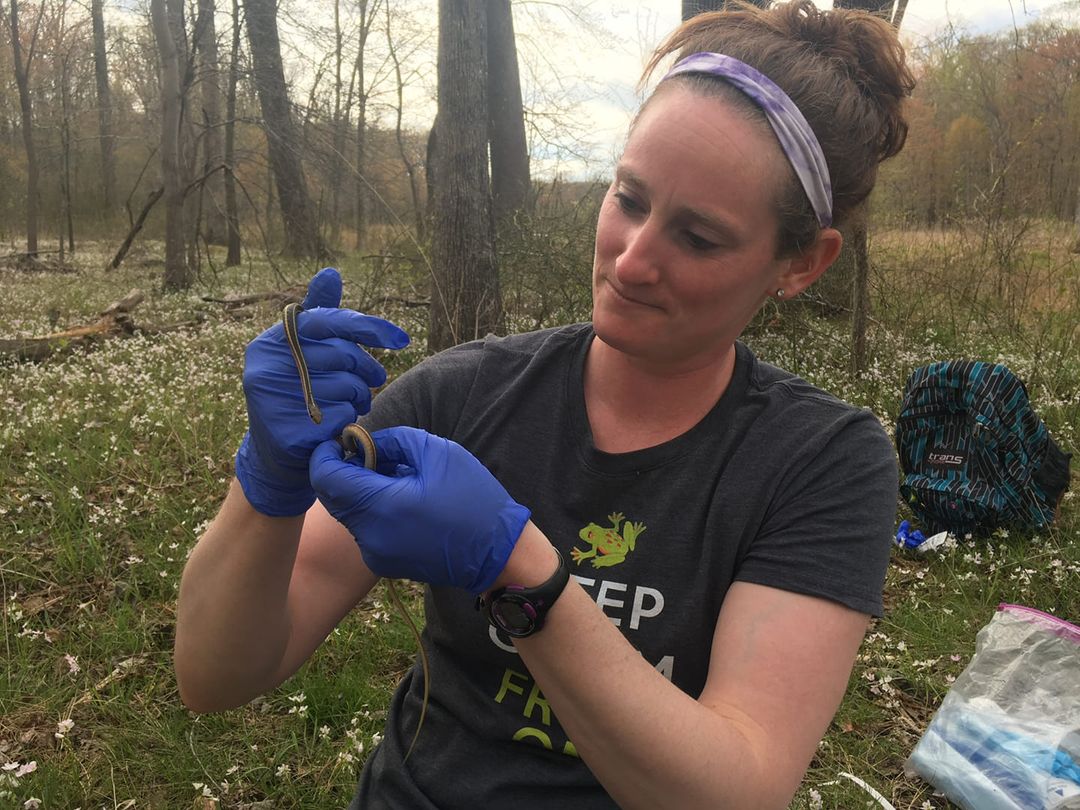
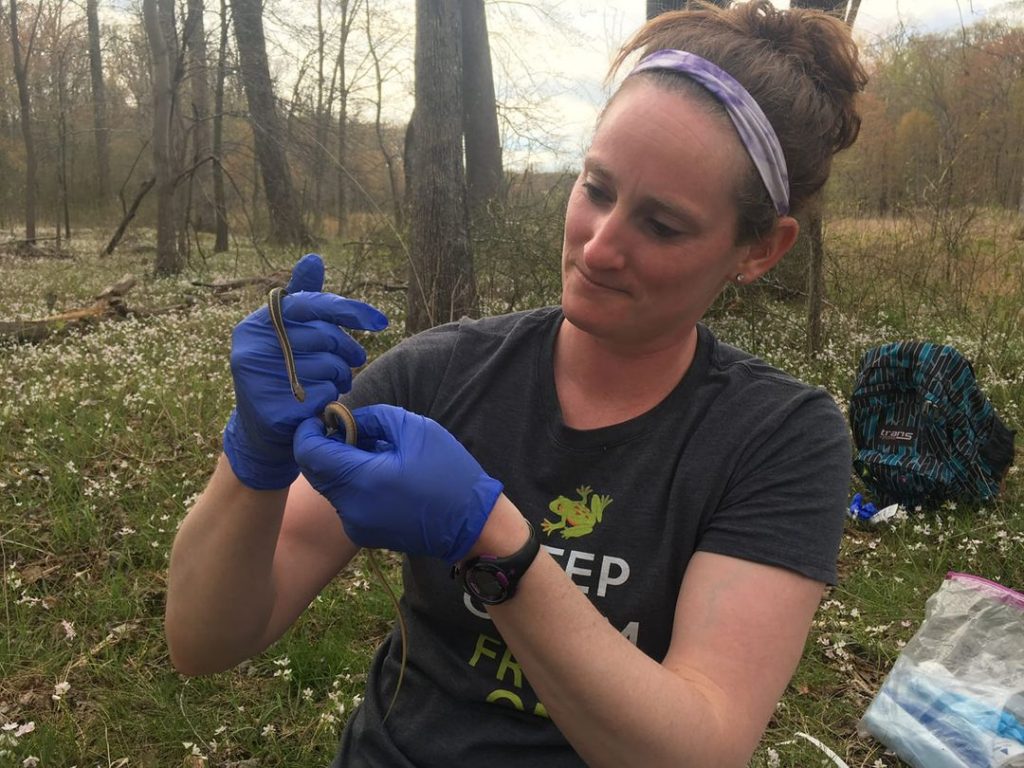
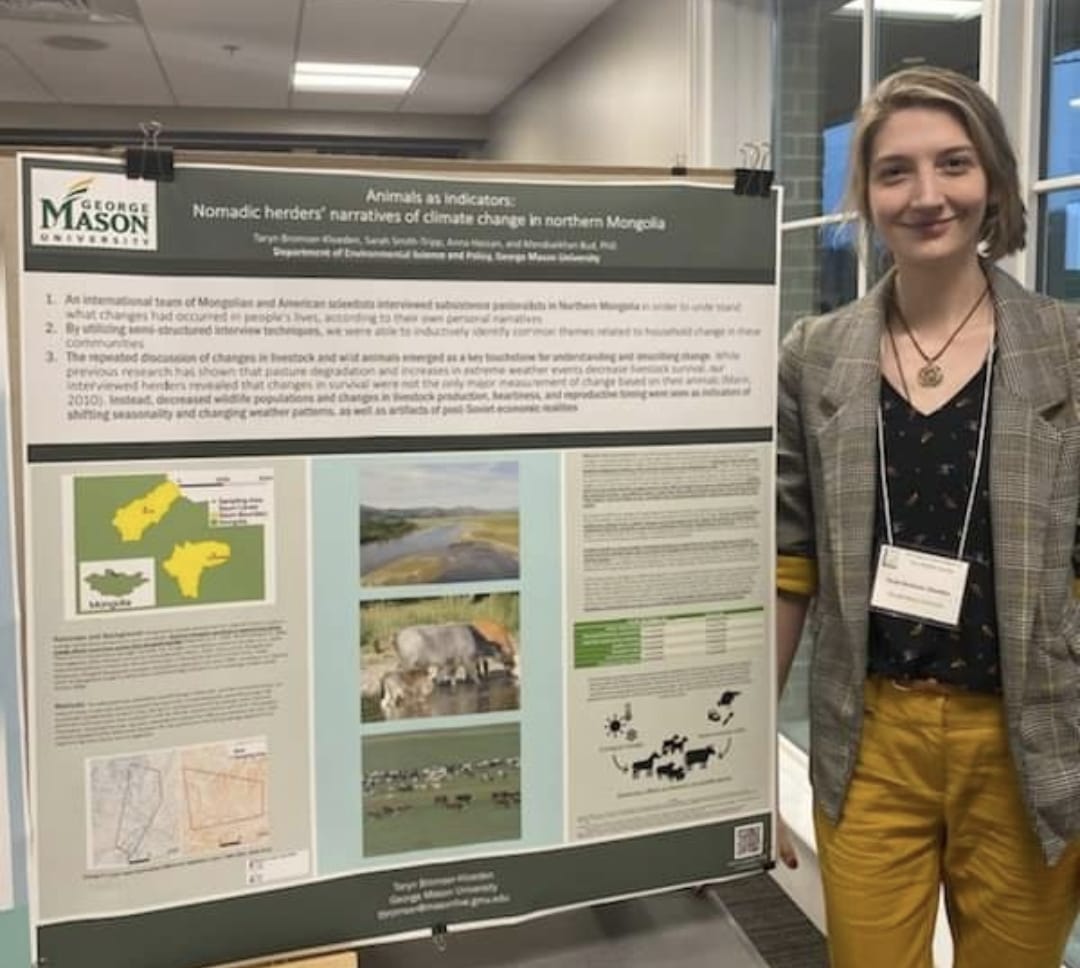
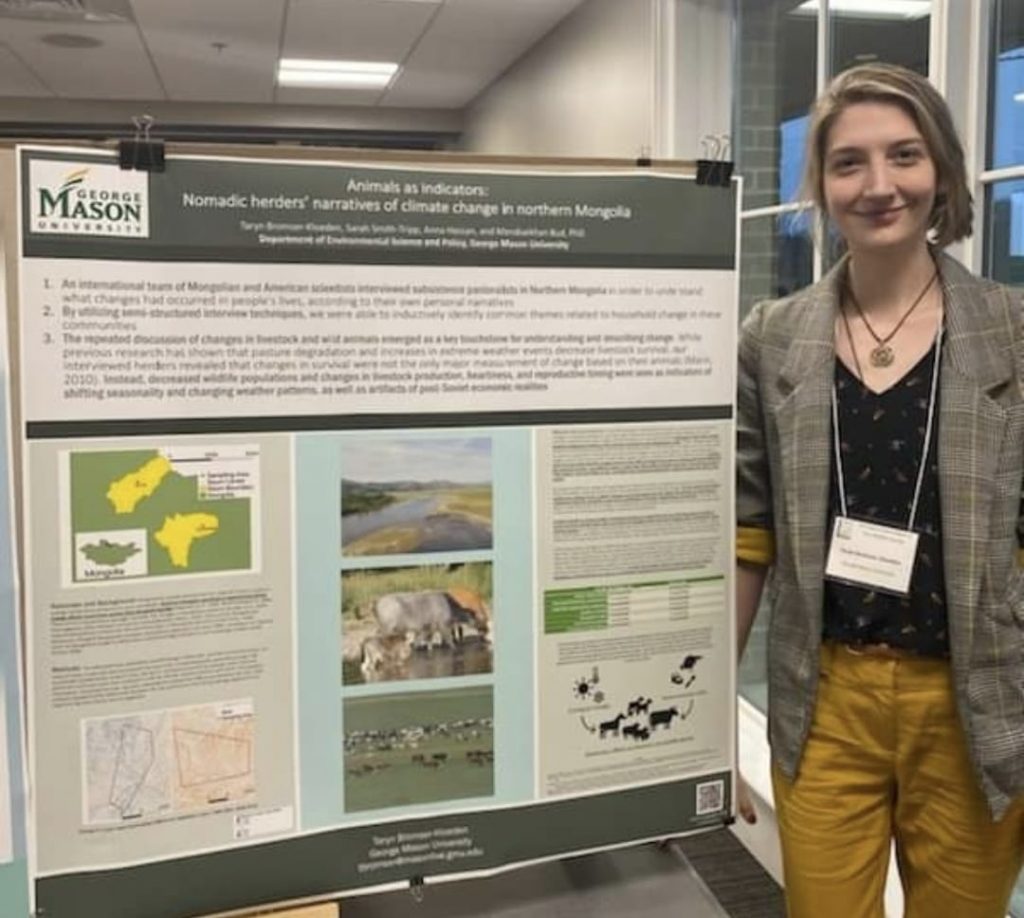
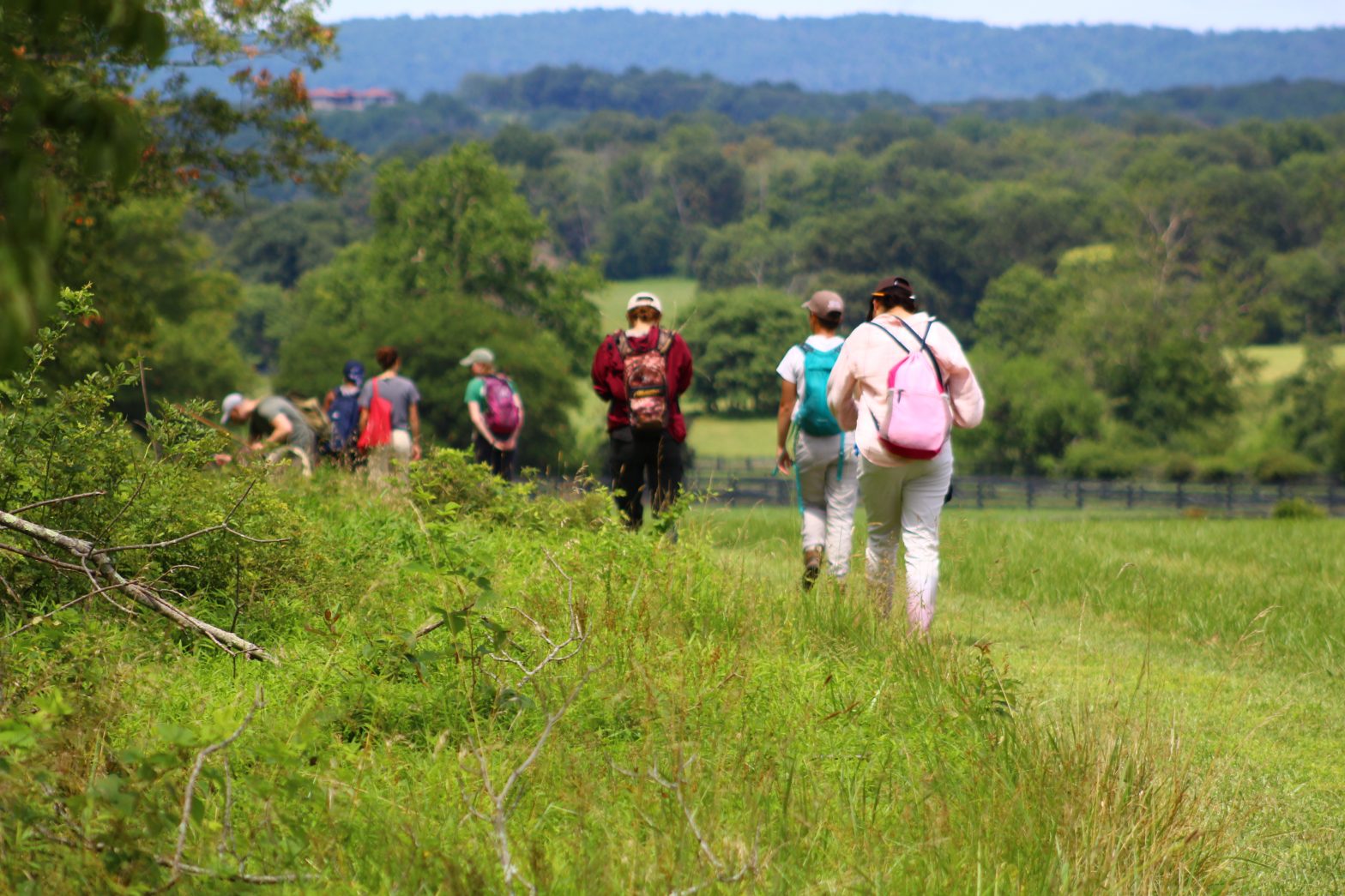
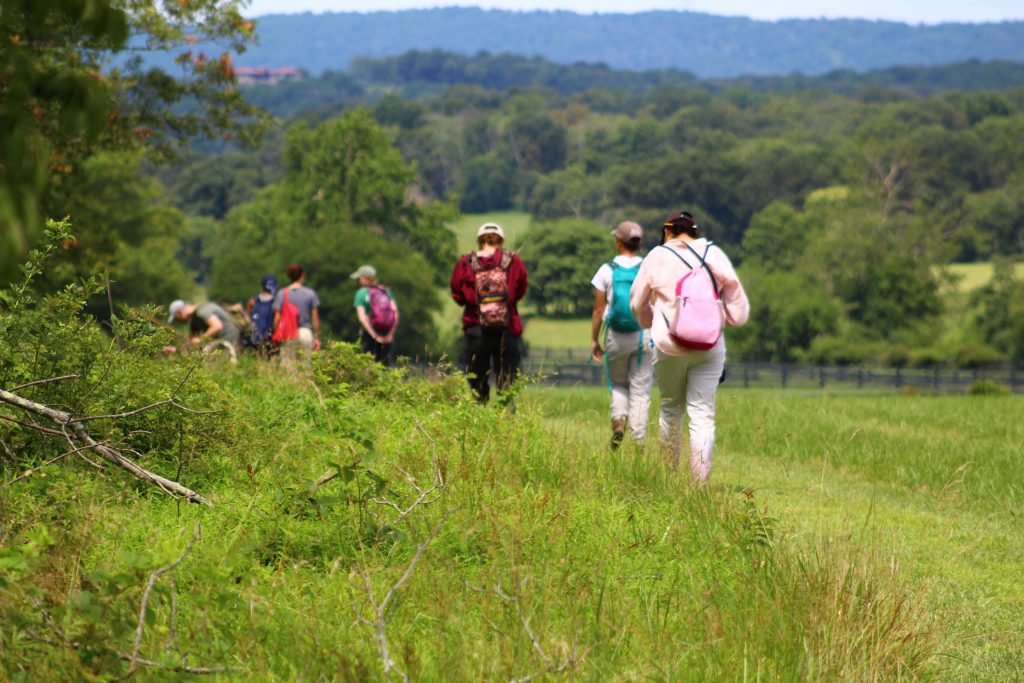 We were at the Oak Spring Garden, located in Upperville, VA, with the collaborative mission to get an overall count of the flora and fauna of the foundation’s 700-acre property in a day’s work – a bioblitz.
We were at the Oak Spring Garden, located in Upperville, VA, with the collaborative mission to get an overall count of the flora and fauna of the foundation’s 700-acre property in a day’s work – a bioblitz.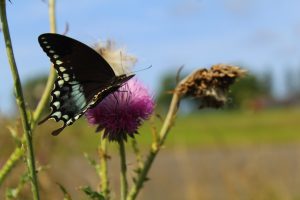 I spent quite a while walking with Jordan Coscia, an Ecologist and PhD Candidate at Virginia Tech University, who focuses on grassland restoration and management. She patiently shared the natural history of several plants and insects, such as green metallic beetles, milkweed longhorn beetles, horse nettle, the purple flowered thistle, and how “these present a problem in land management, as it is a hardy survivor and pushes out other plants. But it is great for pollinators”.
I spent quite a while walking with Jordan Coscia, an Ecologist and PhD Candidate at Virginia Tech University, who focuses on grassland restoration and management. She patiently shared the natural history of several plants and insects, such as green metallic beetles, milkweed longhorn beetles, horse nettle, the purple flowered thistle, and how “these present a problem in land management, as it is a hardy survivor and pushes out other plants. But it is great for pollinators”.
